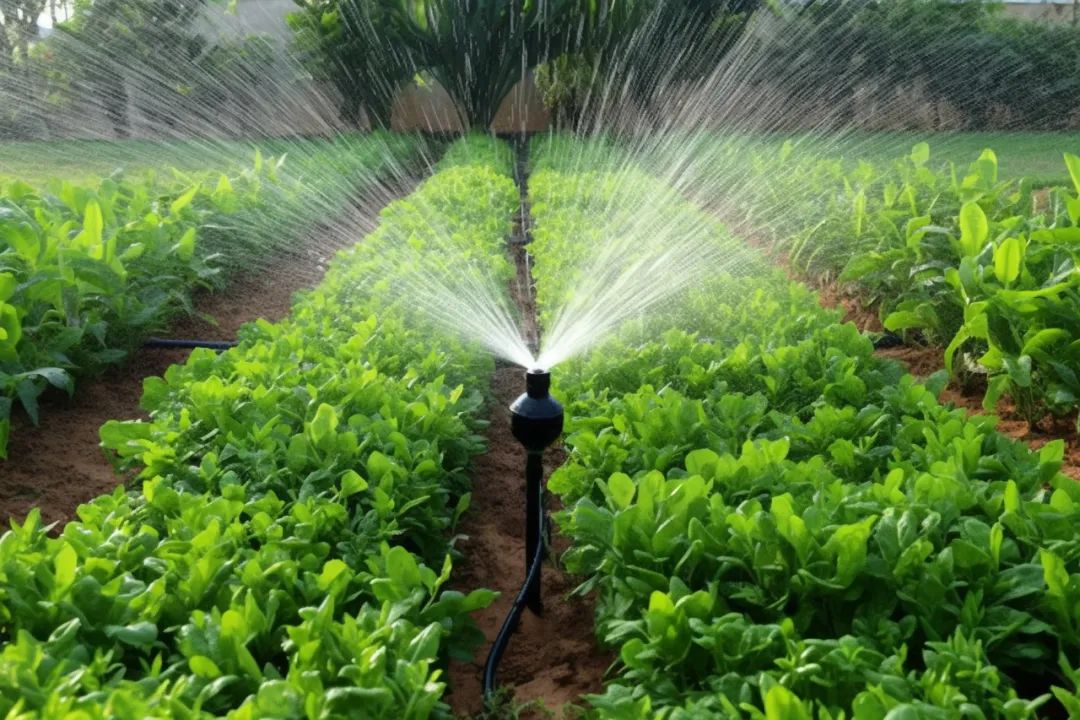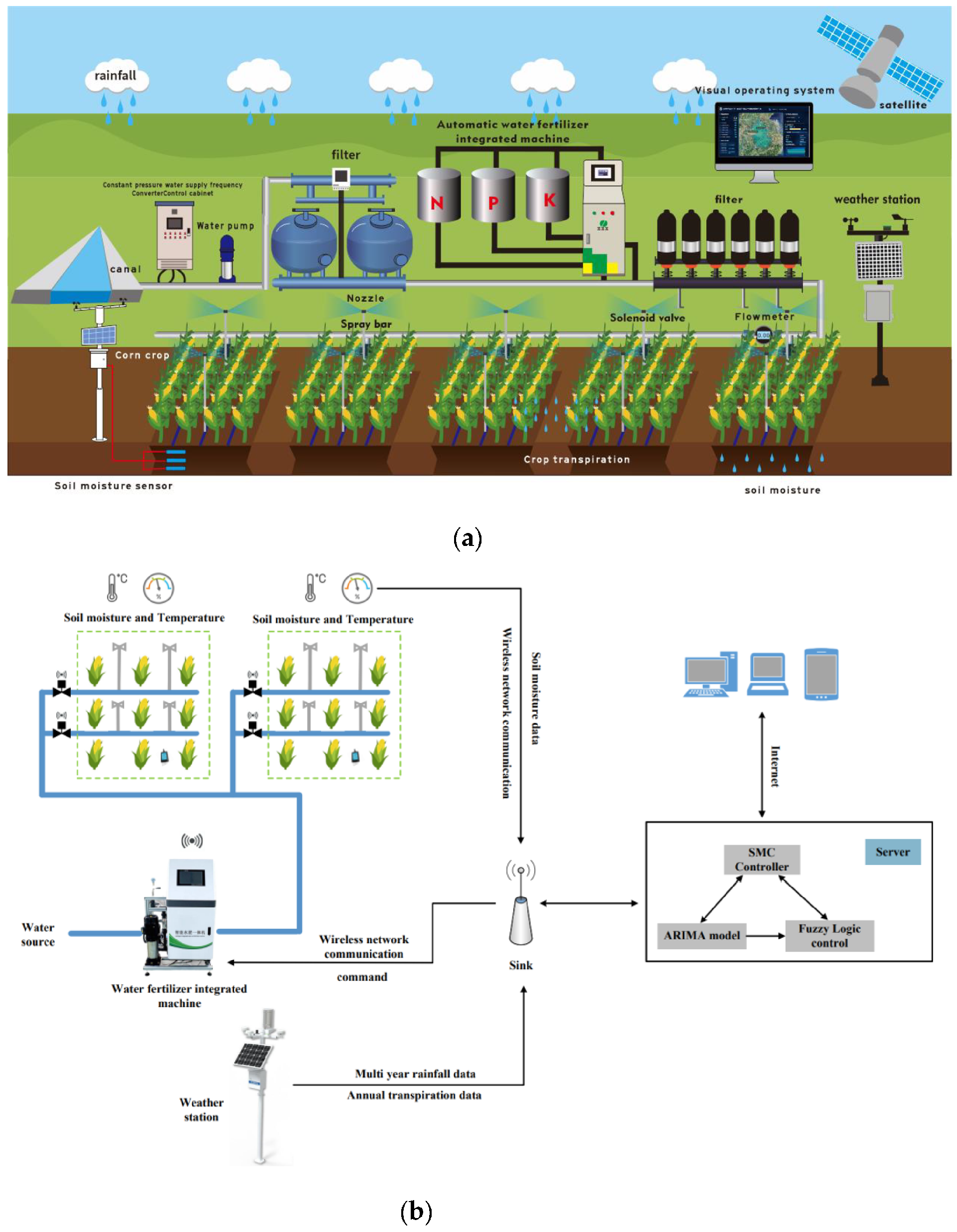

— Blogs —
—Products—
 Consumer hotline +8618073152920
Consumer hotline +8618073152920 WhatsApp:+8615367865107
Address:Room 102, District D, Houhu Industrial Park, Yuelu District, Changsha City, Hunan Province, China
Product knowledge
Time:2025-04-16 20:24:30 Popularity:27
Irrigation sensors are devices used to monitor soil and environmental conditions with the goal of optimizing water resource usage, especially in agricultural irrigation systems. These sensors typically measure parameters such as soil moisture, temperature, salinity, and more, providing farmers with accurate irrigation recommendations. The core value of irrigation sensors lies in automating the irrigation process by utilizing real-time data to determine when and how to irrigate, preventing water waste and improving crop growth efficiency.
Soil moisture sensors are a type of irrigation sensor specifically designed to measure the water content in soil. With these sensors, farmers can obtain precise soil moisture data, enabling them to plan irrigation schedules more effectively. These sensors generally use resistive, capacitive, or time-domain reflectometry (TDR) technologies, which allow them to accurately measure changes in soil moisture levels and transmit data to the irrigation system or agricultural management platform, aiding irrigation decisions.

Traditional irrigation methods often rely on manual judgment, which can lead to water wastage. With irrigation sensors, farmers can precisely monitor the soil moisture conditions and automatically adjust the irrigation system. This is particularly important in arid regions or where water-saving irrigation is needed, as it optimizes water supply, accelerates crop growth, and significantly reduces water consumption.
Soil moisture directly impacts crop growth. Both overly dry and overly wet soil can have detrimental effects on plant health. By using soil moisture sensors, farmers can ensure that soil moisture is maintained within the optimal range, thus optimizing the growing environment for crops and enhancing yields.
Irrigation sensors play a crucial role in water-saving irrigation systems. They monitor soil moisture data in real-time and use automated systems to control irrigation devices, ensuring that water is supplied only when necessary. This not only helps conserve water resources but also reduces irrigation costs.
Modern agriculture has entered a data-driven era, and irrigation sensors provide vast amounts of data for soil moisture monitoring. This data not only helps farmers adjust irrigation plans in real-time but can also be used to analyze trends in soil moisture fluctuations, predict crop water needs, and adjust agricultural management strategies accordingly.

The main function of irrigation sensors is to improve the efficiency and accuracy of irrigation systems. By continuously monitoring soil moisture, these sensors help farmers avoid over-irrigation or under-irrigation, effectively reducing water wastage. Additionally, irrigation sensors reduce labor intensity, lower irrigation management costs, and provide scientific data to help farmers make more intelligent agricultural decisions.
As global water resource issues become increasingly severe, the value of irrigation sensors is becoming more evident. They not only help agriculture achieve more efficient resource use but also contribute to the sustainable development of agricultural production.
To achieve precise soil moisture monitoring, the NBL-S-THR soil temperature and Moisture Sensor is an ideal choice. This sensor features high accuracy and sensitivity, enabling it to quickly and accurately measure water content in the soil. Its working principle is based on electromagnetic pulse technology, where emitted electromagnetic waves pass through the probe into the soil medium, measuring the soil’s apparent dielectric constant to obtain precise moisture data.
- Wide measurement range: Soil moisture 0–100% RH, soil temperature -50–100°C.
- High accuracy: Soil moisture accuracy ±3%, temperature accuracy ±0.5°C, with a resolution of up to 0.1% soil moisture and 0.1°C temperature.
- Multiple output forms: Supports RS485, 4-20mA current, 0-5V voltage, etc., for easy integration with various automation systems.
- Strong protection: With an IP68 protection rating, it is suitable for use in complex environments and harsh weather conditions.
- Low power consumption: The sensor consumes about 0.3W, with an operating temperature range of -40°C to 80°C, ensuring stable operation in all weather conditions.
This sensor is widely used in soil moisture monitoring, water-saving irrigation, greenhouse environments, and pastures, providing accurate data support for agricultural irrigation systems and helping farmers achieve intelligent, efficient irrigation management.
The application of irrigation sensors and soil moisture sensors is crucial for enhancing agricultural productivity, conserving water resources, and improving crop yields. By continuously monitoring soil moisture, they ensure that irrigation systems operate efficiently and precisely, reducing water wastage and promoting intelligent and sustainable agriculture. When choosing the right sensor, devices like the NBL-S-THR soil temperature and Moisture Sensor, which offer high precision, low power consumption, and strong protection, will be indispensable tools in agricultural irrigation management.
1.NBL-S-THR Soil Temperature Moisture Sensor datasheet
NBL-S-THR-Soil-temperature-and-moisture-sensors-Instruction-Manual-V4.0.pdf
2. NBL-S-TMC Soil Temperature Moisture EC Sensor datasheet
NBL-S-TMC-Soil-temperature-and-moisture-conductivity-sensor.pdf
3. NBL-S-TM Soil Temperature Moisture Sensor datasheet
NBL-S-TM-Soil-temperature-and-moisture-sensor-Instruction-Manual-4.0.pdf
4. NBL-S-TMCS Soil Temperature, Moisture, Conductivity and Salinity Integrated Sensor
NBL-S-TMCS-Soil-Temperature-Humidity-Conductivity-and-Salinity-Sensor.pdf
Related recommendations
Sensors & Weather Stations Catalog
Agriculture Sensors and Weather Stations Catalog-NiuBoL.pdf
Weather Stations Catalog-NiuBoL.pdf
Related products
 Combined air temperature and relative humidity sensor
Combined air temperature and relative humidity sensor Soil Moisture Temperature sensor for irrigation
Soil Moisture Temperature sensor for irrigation Soil pH sensor RS485 soil Testing instrument soil ph meter for agriculture
Soil pH sensor RS485 soil Testing instrument soil ph meter for agriculture Wind Speed sensor Output Modbus/RS485/Analog/0-5V/4-20mA
Wind Speed sensor Output Modbus/RS485/Analog/0-5V/4-20mA Tipping bucket rain gauge for weather monitoring auto rainfall sensor RS485/Outdoor/stainless steel
Tipping bucket rain gauge for weather monitoring auto rainfall sensor RS485/Outdoor/stainless steel Pyranometer Solar Radiation Sensor 4-20mA/RS485
Pyranometer Solar Radiation Sensor 4-20mA/RS485
Screenshot, WhatsApp to identify the QR code
WhatsApp number:+8615367865107
(Click on WhatsApp to copy and add friends)